Daring Japanese mission reaches unexplored asteroid Ryugu0
- From Around the Web, Space
- June 28, 2018
Hayabusa-2 will hover above its target and release four landing probes before touching down to collect samples to return to Earth.
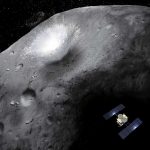
Hayabusa-2 will hover above its target and release four landing probes before touching down to collect samples to return to Earth.
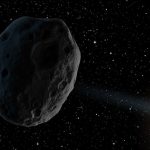
We have peer review!
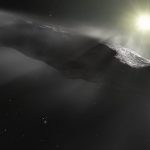
New results indicate interstellar nomad `Oumuamua is a comet

Space needs jealous advocacy. When the Chinese shot down their own satellite in 2007, Air Force and other DoD leaders were heard saying that there was no way to defend space.
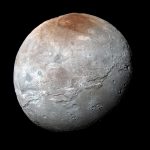
The largest of Pluto’s five moons, Charon, was discovered 40 years ago today by James Christy and Robert Harrington at the U.S. Naval Observatory in Flagstaff, Arizona – only about six miles from where Pluto itself was discovered at Lowell Observatory. They weren’t even looking for satellites of Pluto – Christy was trying to refine Pluto’s orbit around the Sun.
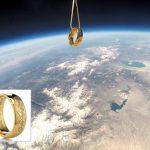

Images and video of the daylight meteor seen over Russia on June 21. The small asteroid exploded in the air; fragments may have reached Earth. Plus … why are so many large meteors seen over Russia?
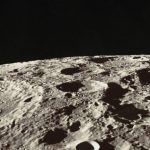
The last US mission to the Moon, Apollo 17, blasted off shortly before midnight on 7 December 1972. Its crew spent three days on the lunar surface, collecting samples and conducting experiments.
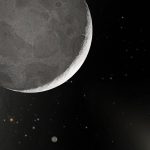
There might be a ninth planet lurking at the edges of our solar system.
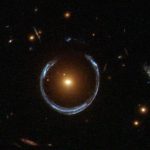
A new study validates Einstein’s theory of general relativity in a distant galaxy for the first time. This study supports our current understanding of gravity and provides more evidence for the existence of dark matter and dark energy — two mysterious concepts that scientists know about only indirectly by observing their effects on cosmic objects. Albert



